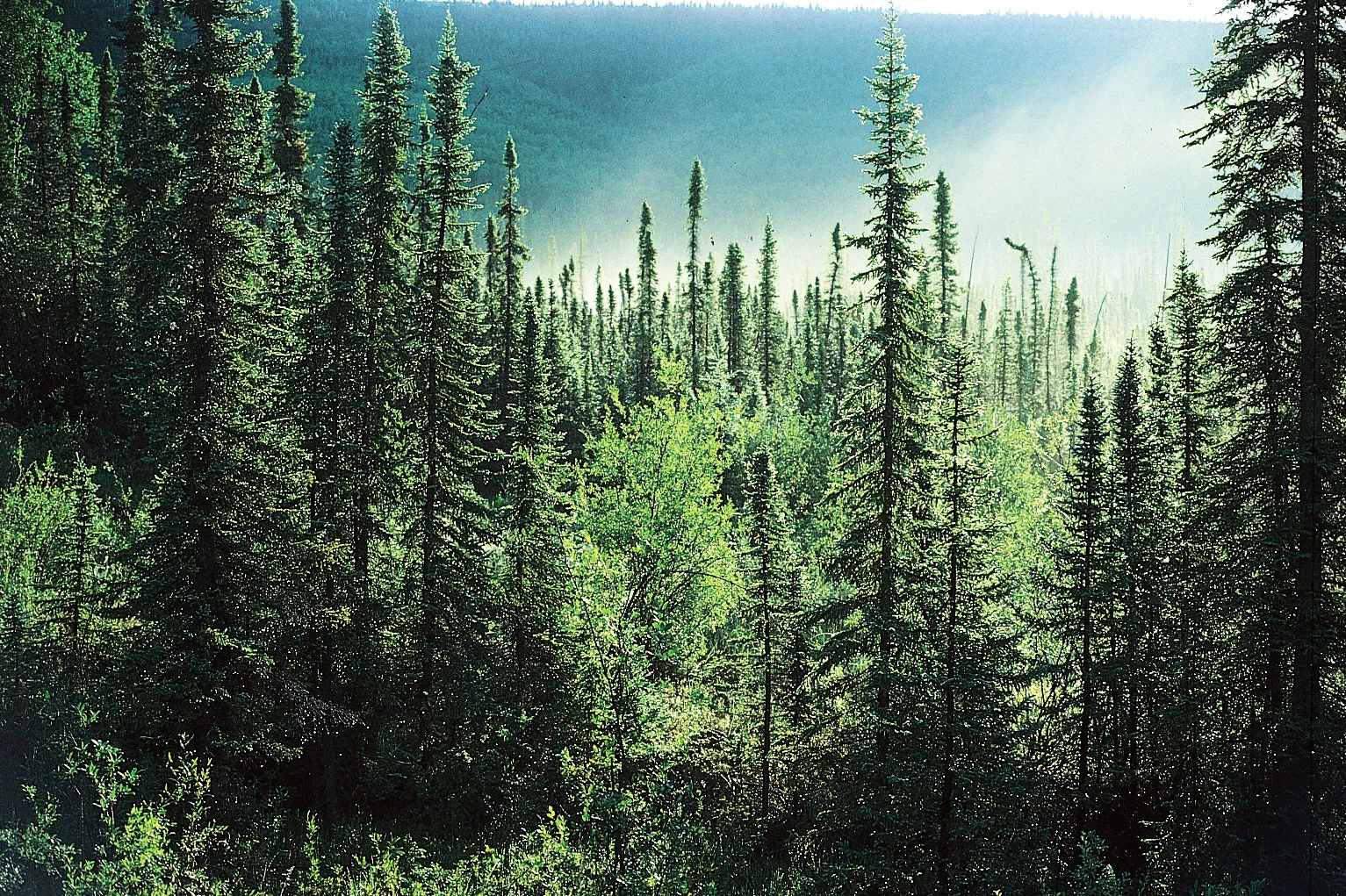AP BIO Chapter 40 Population ecology and distribution of organisms
1/32
Earn XP
Description and Tags
Name | Mastery | Learn | Test | Matching | Spaced |
|---|
No study sessions yet.
33 Terms
Ecology
The scientific study of interactions between organisms and the environment
Organismal ecology
concerned with the morphological, physiological, and behavioral ways in which organisms meet challenges by enviroment
population
group of individuals of the same species living
population ecology
analyzes factors that affect population size and how and why it changes through time
community
group of individuals of the same species living in an area
community ecology
examines how interactions between species affect community structure and organization
ecosystem
the community of organisms in an area with their abiotic environment
ecosystem ecology
the study of biotic and abiotic components of an ecosystem and how their interactions
landscape
a mosaic of connected ecosystems
landscape ecology
focuses on the factors controlling exchanges of energy, materials, and organisms across multiple ecosystems
biosphere
global ecosystem
climate
long term prevailing weather conditions in an given area
What are the four physical factors of climate?
Temperature, precipitation, sunlight, and wind
What is the most significant influence on the distribution of land?
Climate
Abiotic
nonliving
biotic
living
What is the Global Climate Pattern determined by?
the input of solar energy and earths movement
Biomes
major life zones characterized by vegetation type in terrestrial biomes
What does climate vary with?
latitude
Climograph
a plot of the annual mean temp and precipitation in a particular region
What is a climograph based on?
annual averages
Disturbance
an event that changes a community
EX: organisms that are removed by said event
How is each biome characterized?
By microorganisms, fungi, and animals
canopy
the uppermost layer of vegetation
ecotone
area of integration
EX: marshland between a river and its riverbank.
tropical rainforests
hot, humid, and flourishing dense forest with lots of rainfall
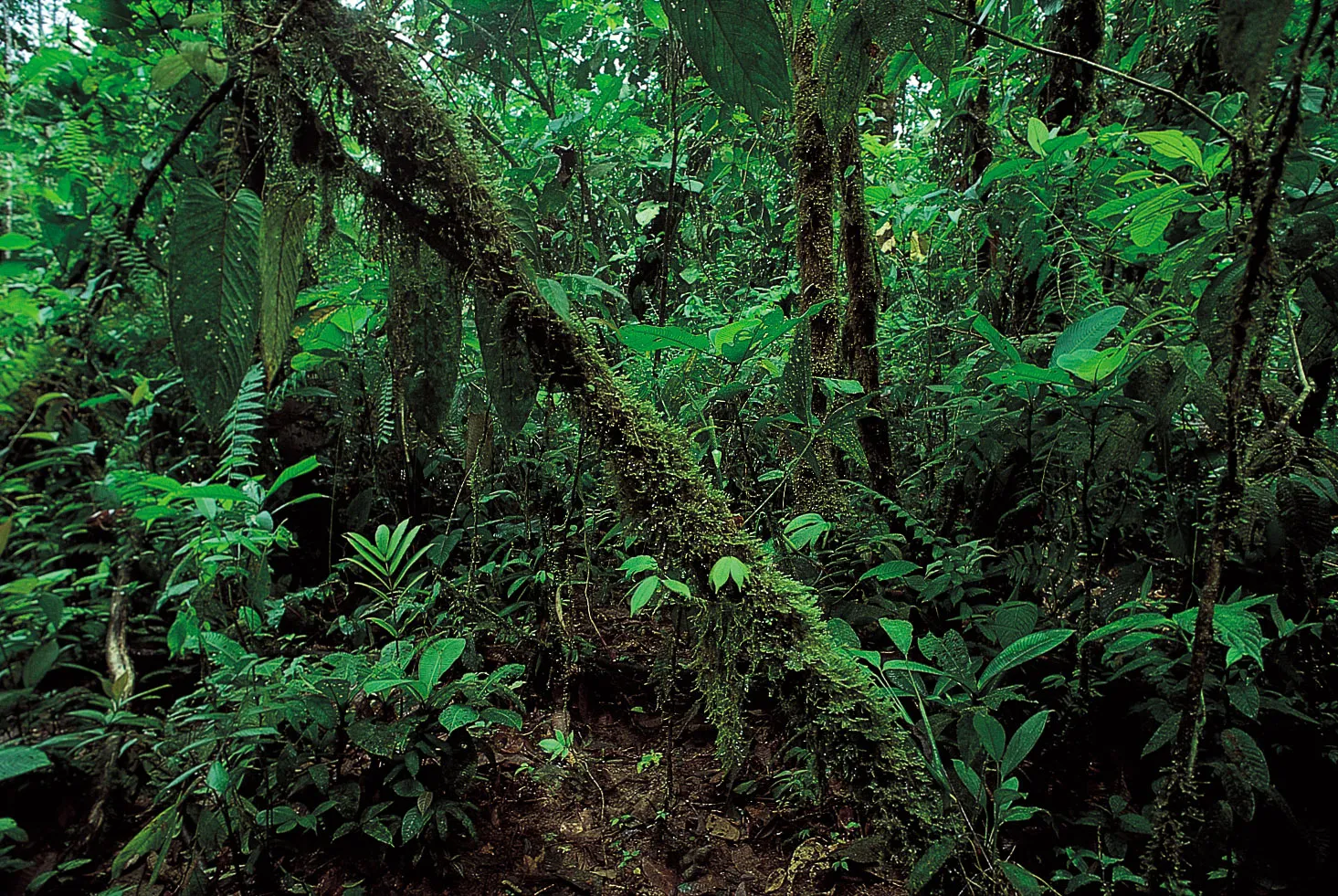
tropical dry forests
biome of any open woodland in tropical areas that have a long dry season
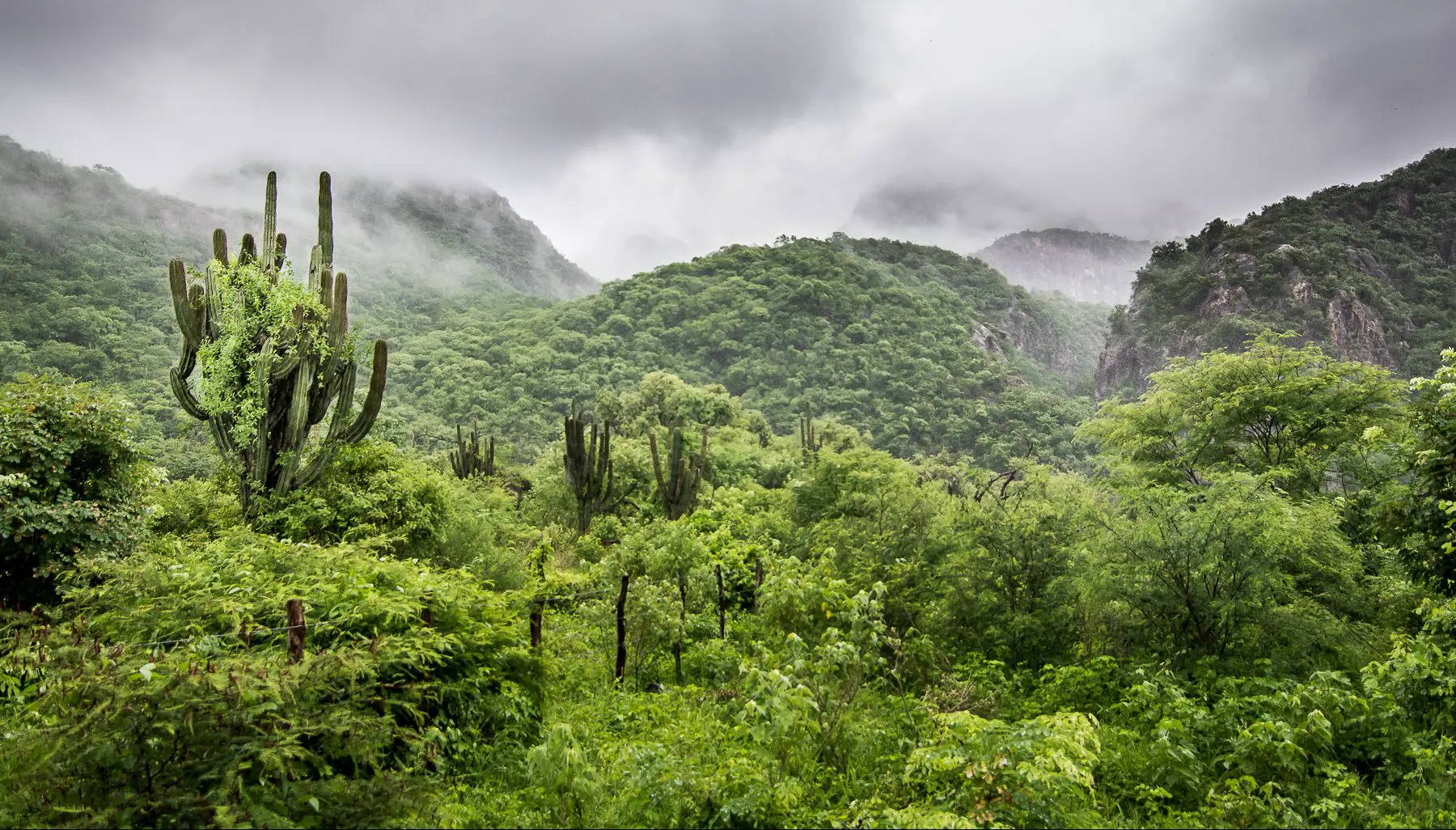
Savannas
a mixed woodland-grassland ecosystem characterized by the trees being sufficiently widely spaced so that the canopy does not close.
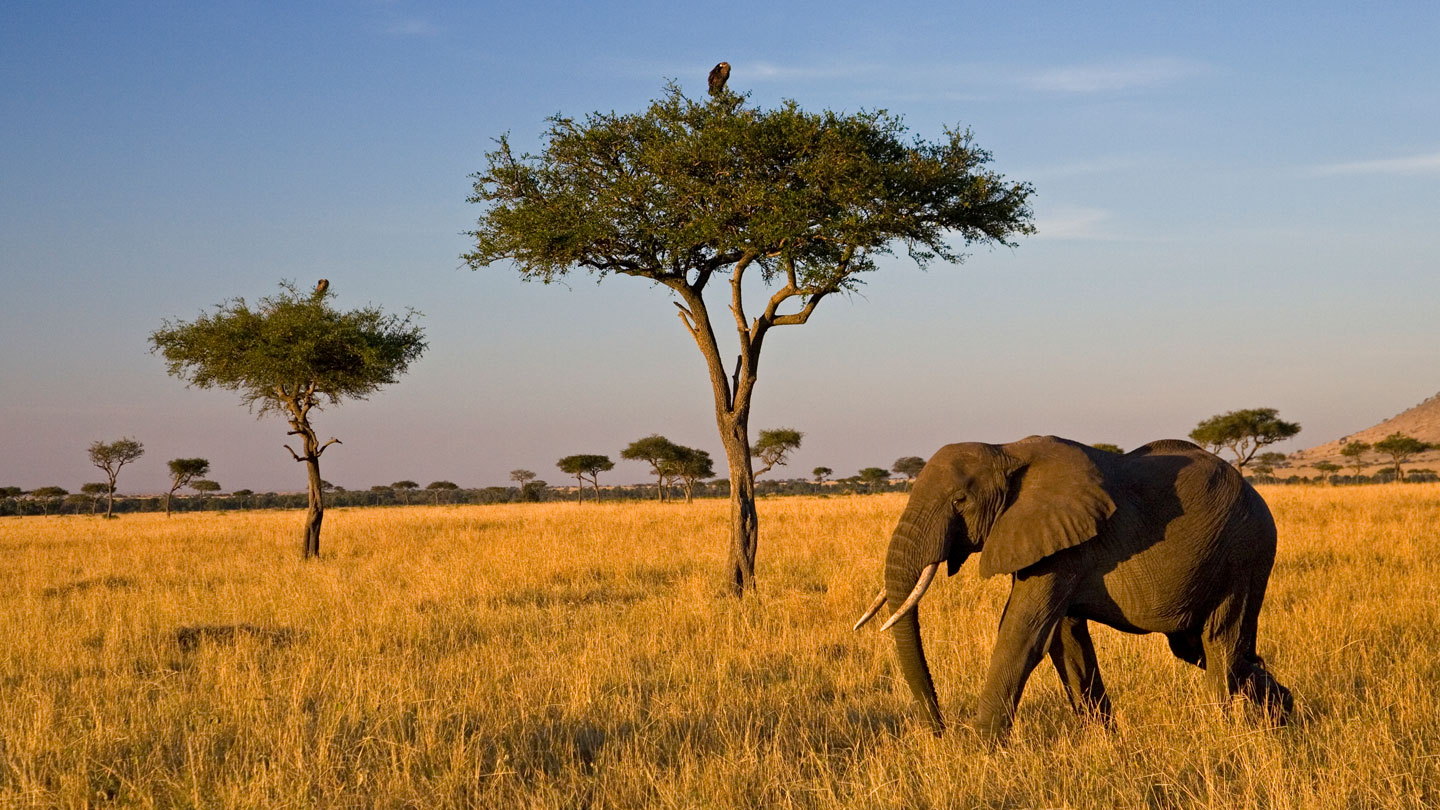
Deserts
an area of land that receives no more than 25 centimeters (10 inches) of precipitation a year

Chaparral
scrubland plant communities composed of broad-leaved evergreen shrubs, bushes, and small trees
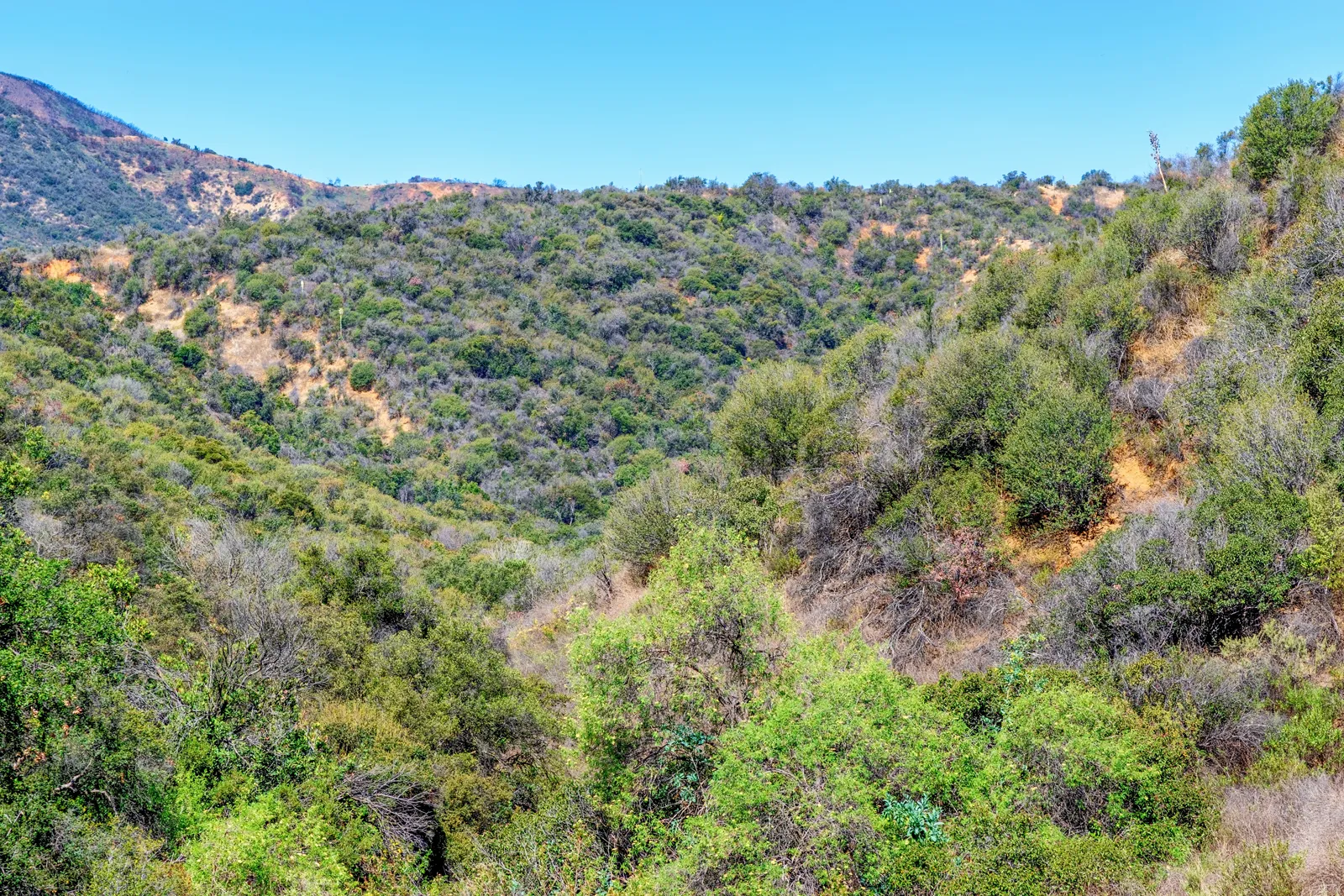
temperate grasslands
A biome at midlatitude regions and is dominated by grass
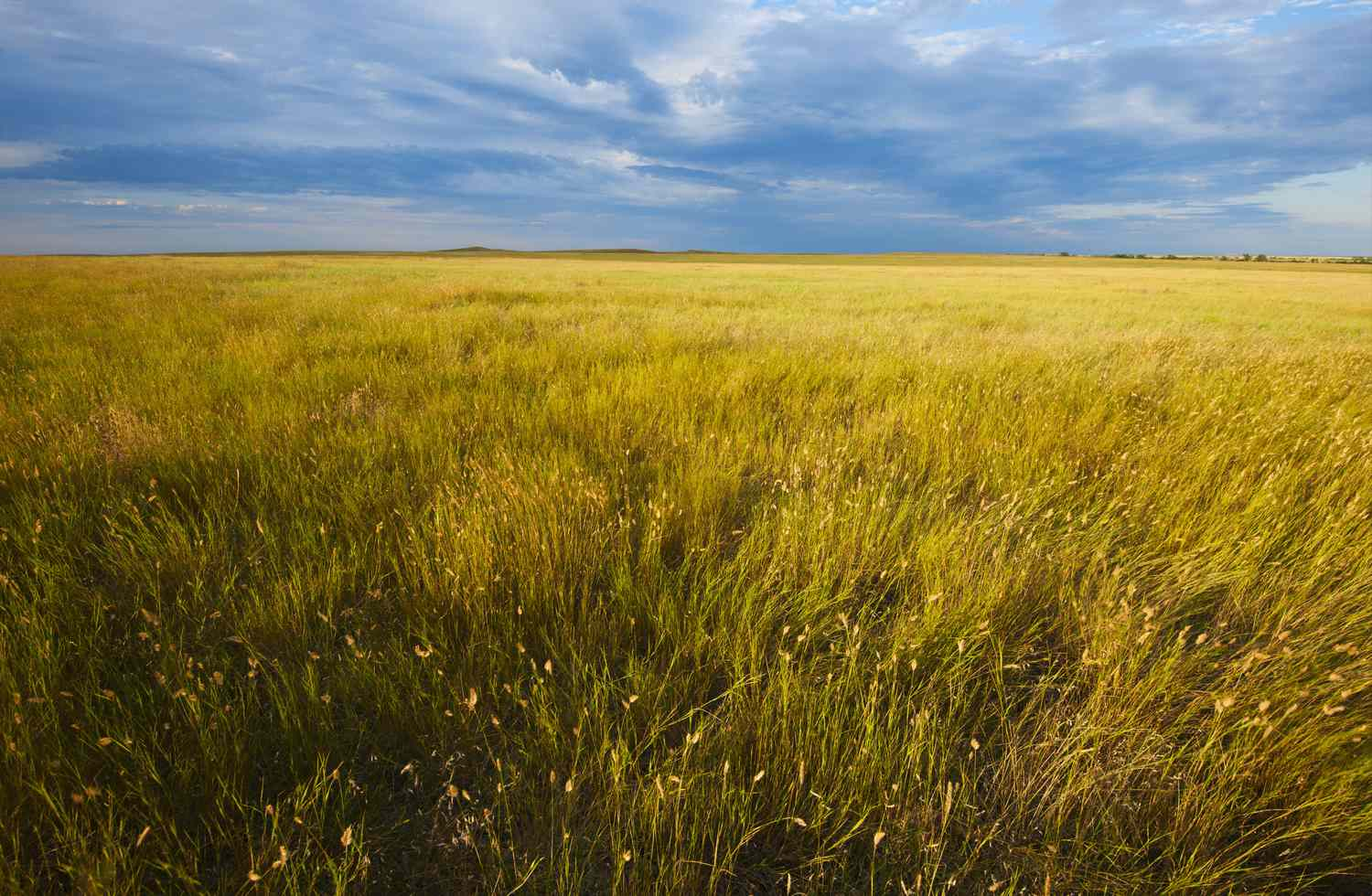
temperate broadleaf forests
a biome at midlatitude regions with a lot of moisture there to support trees
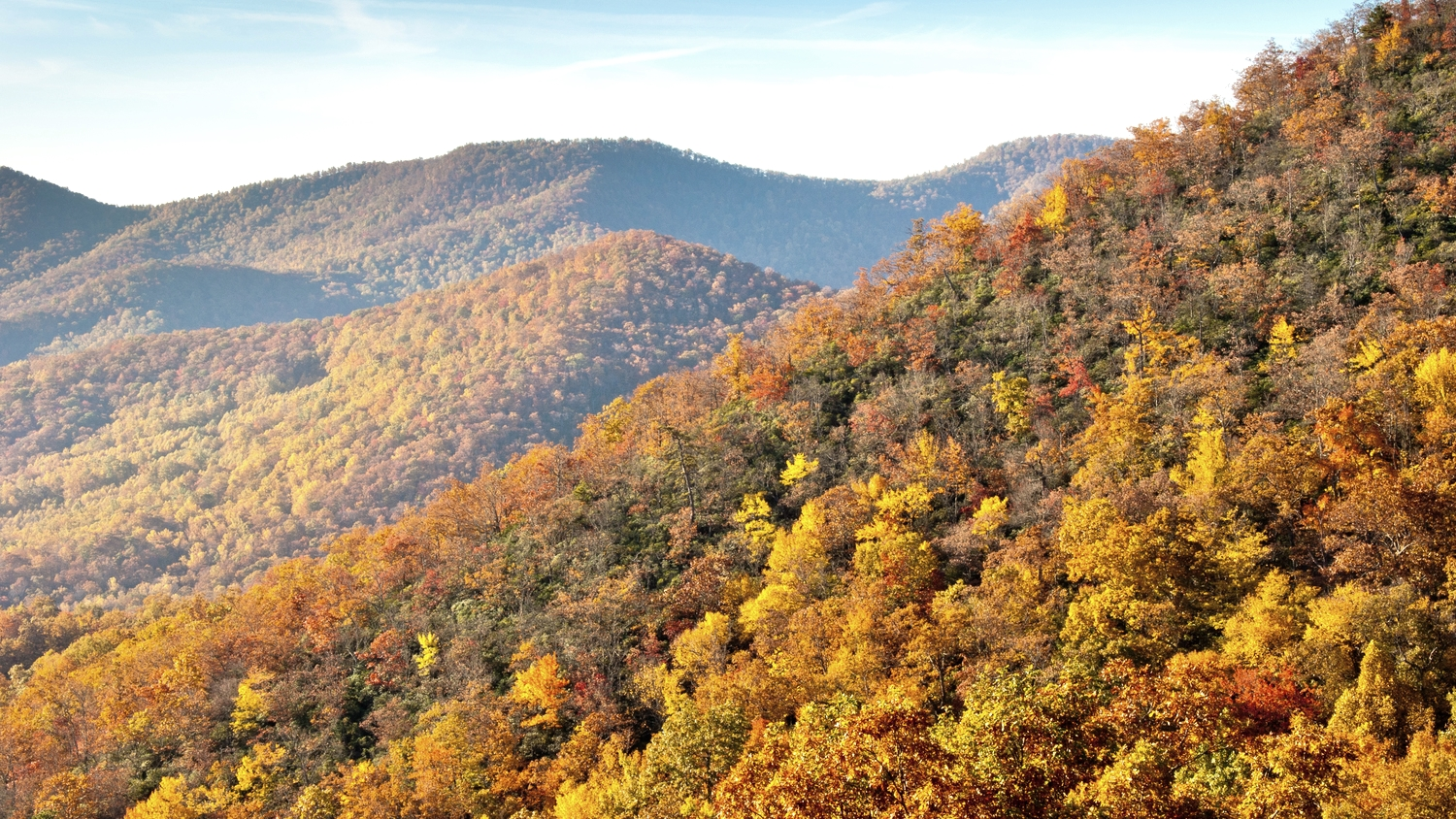
taiga
long cold winters dominated by cone bearing trees
